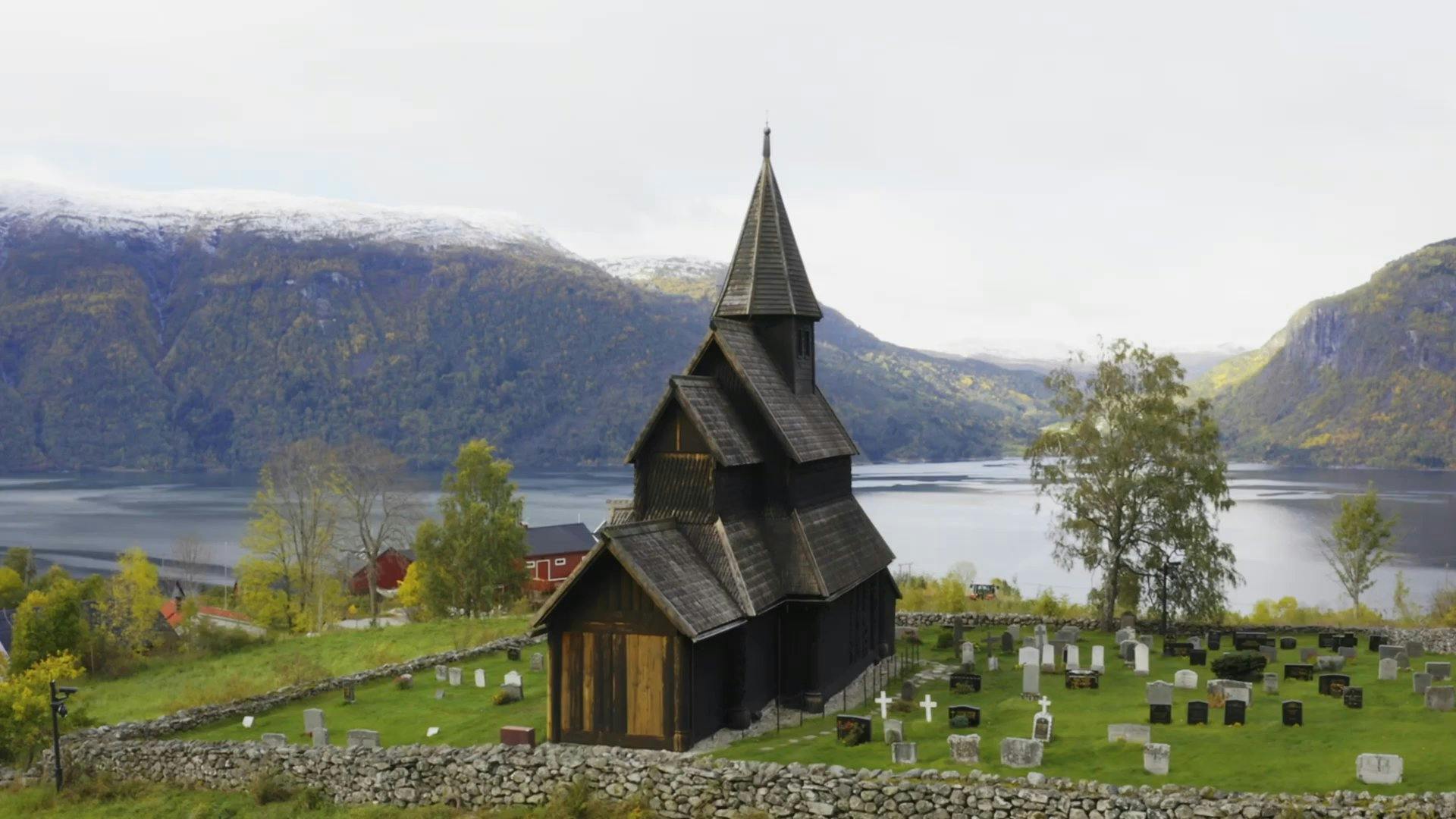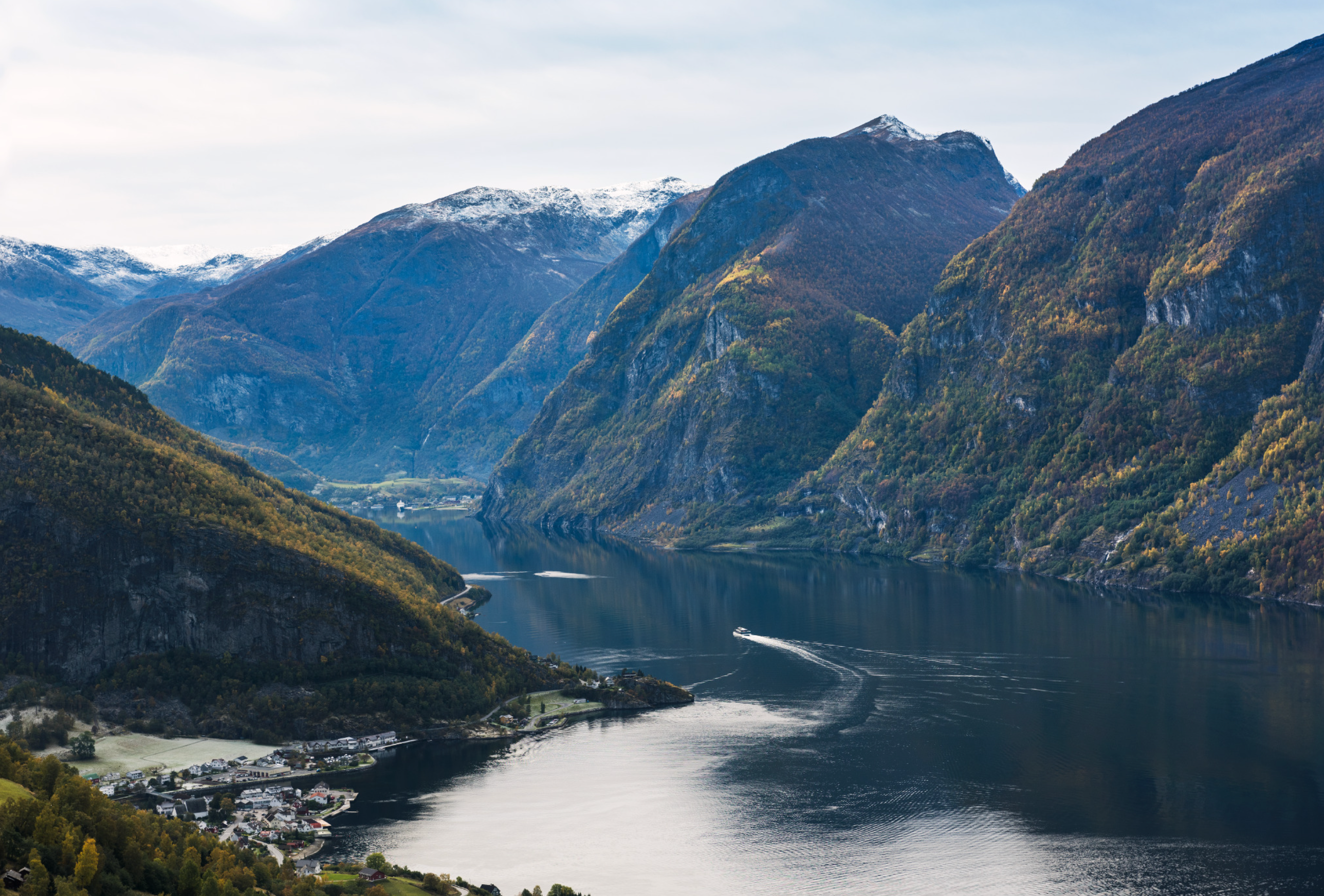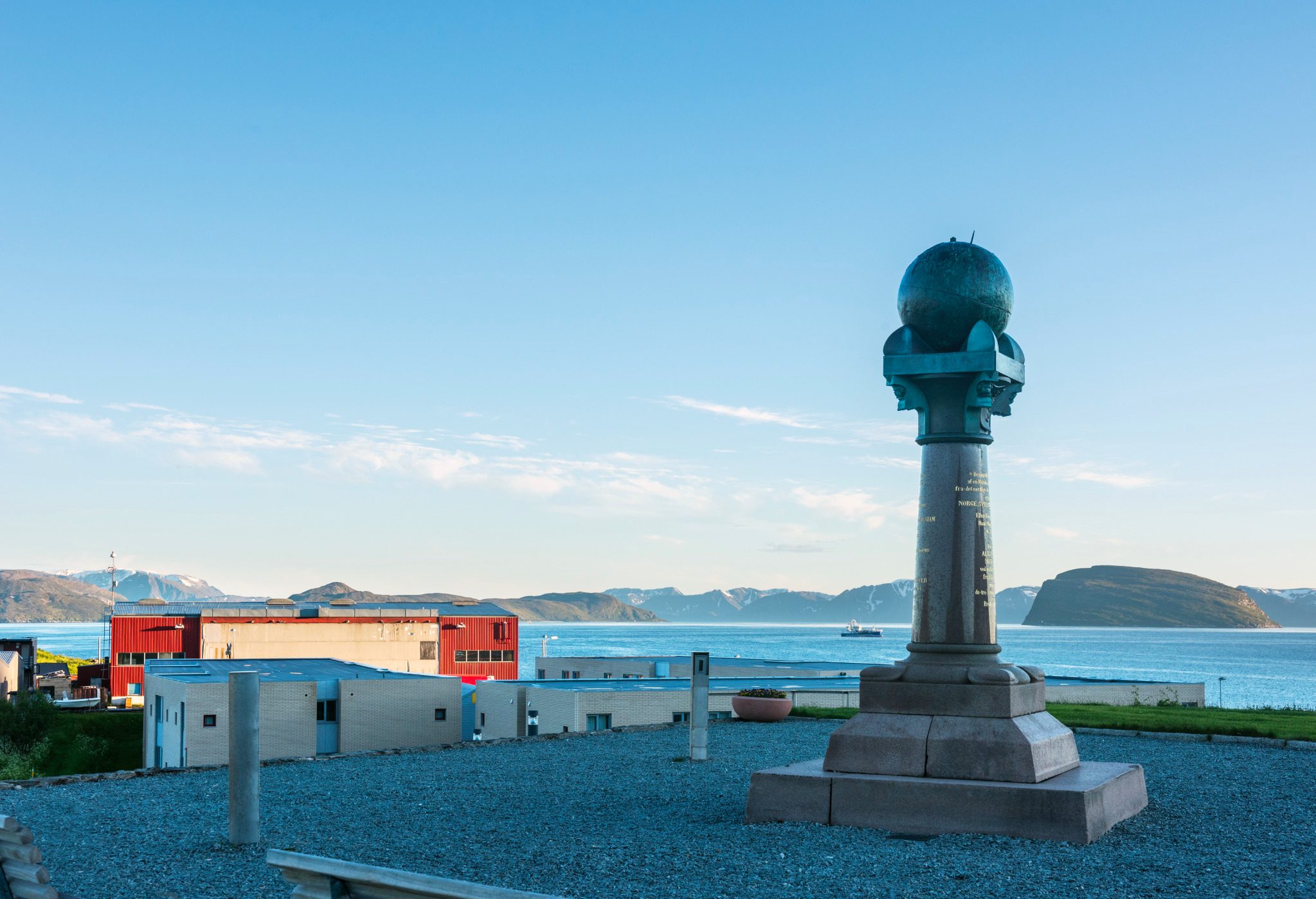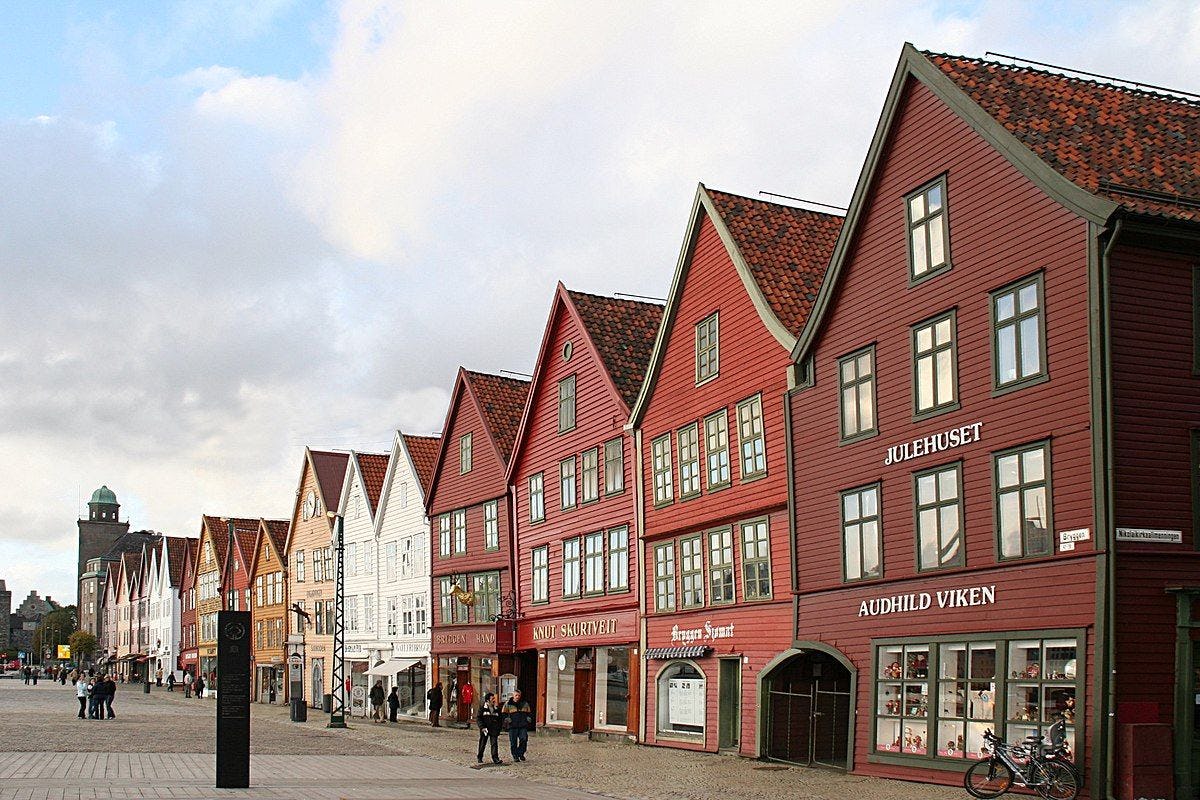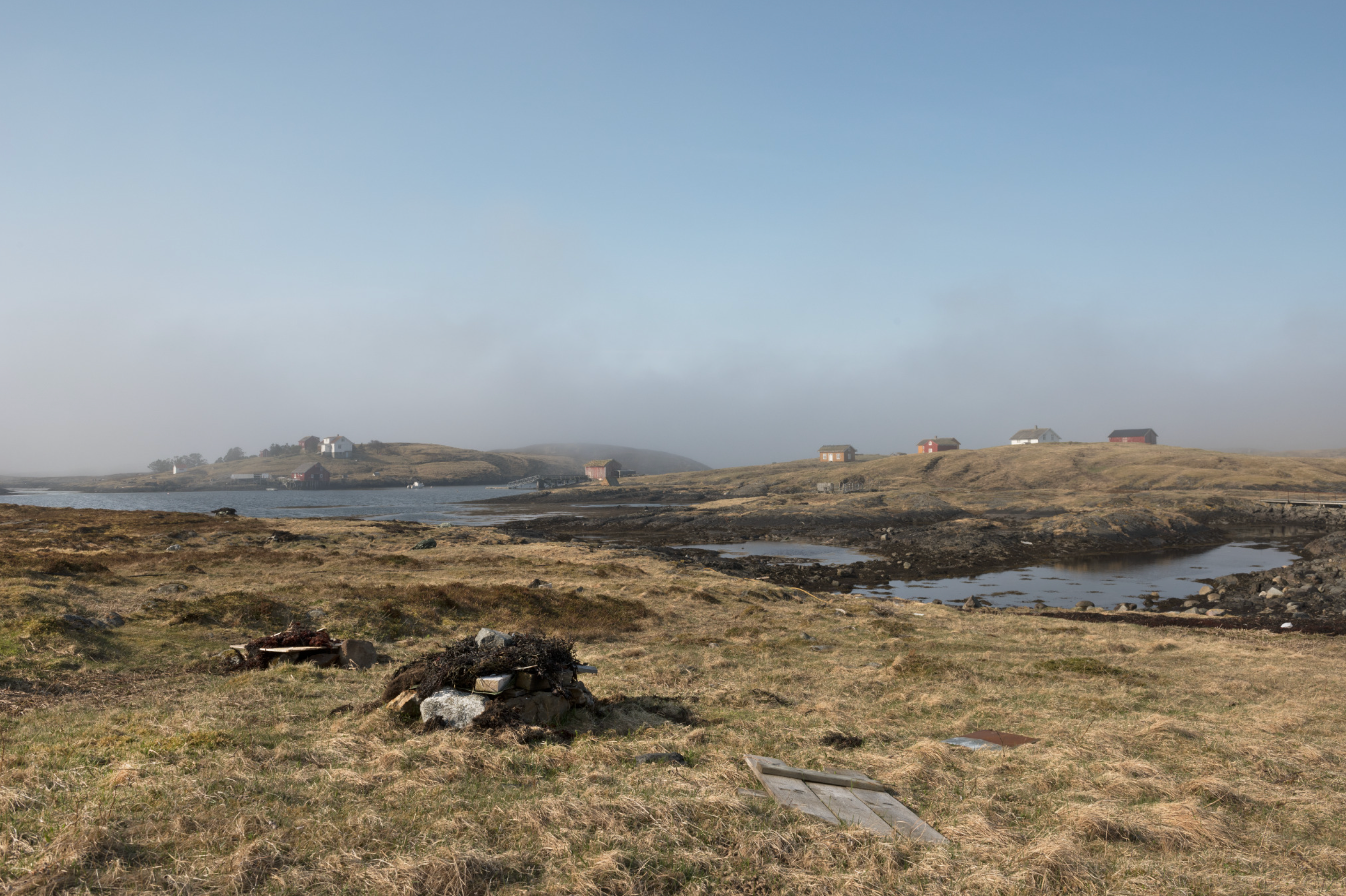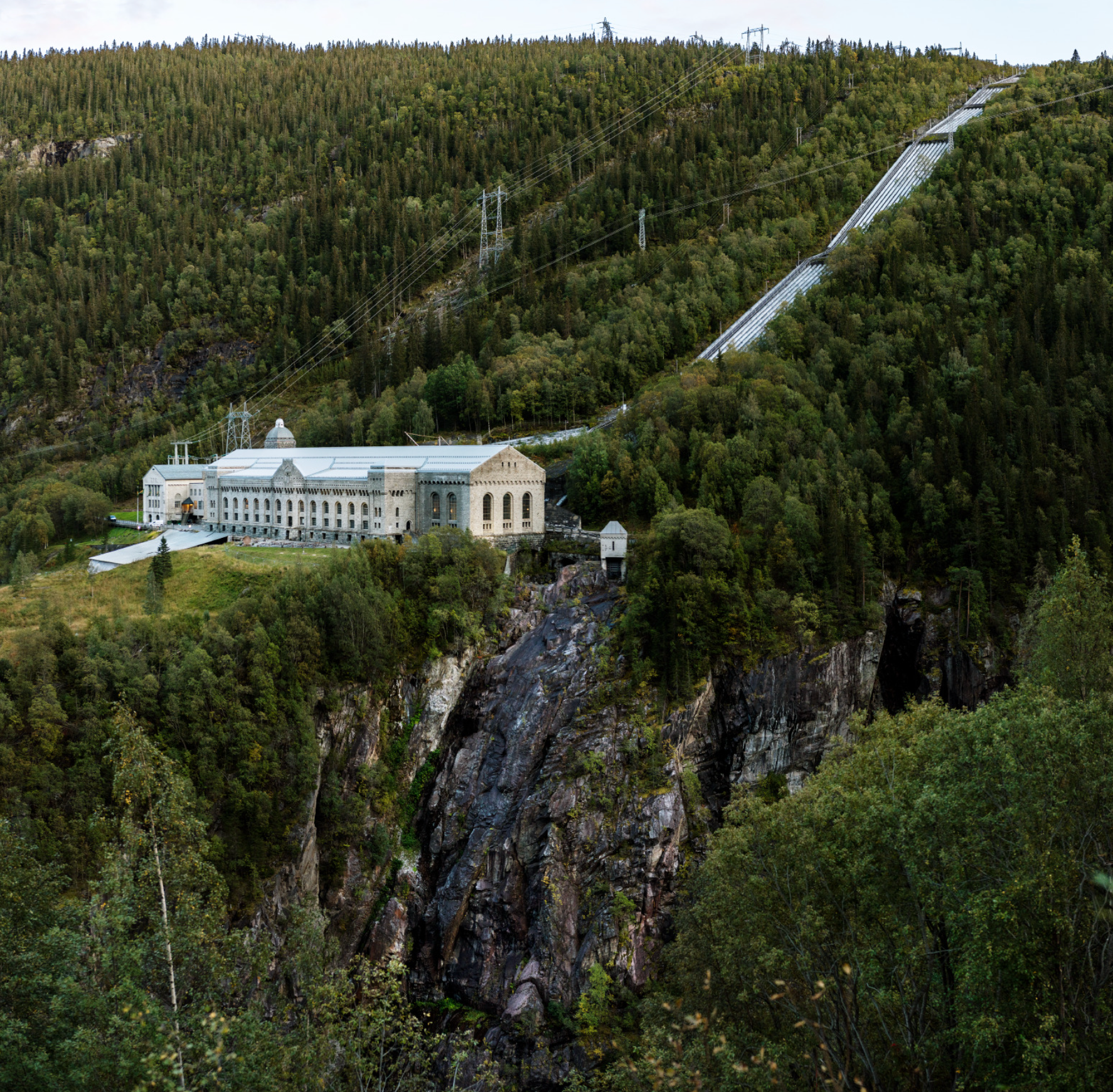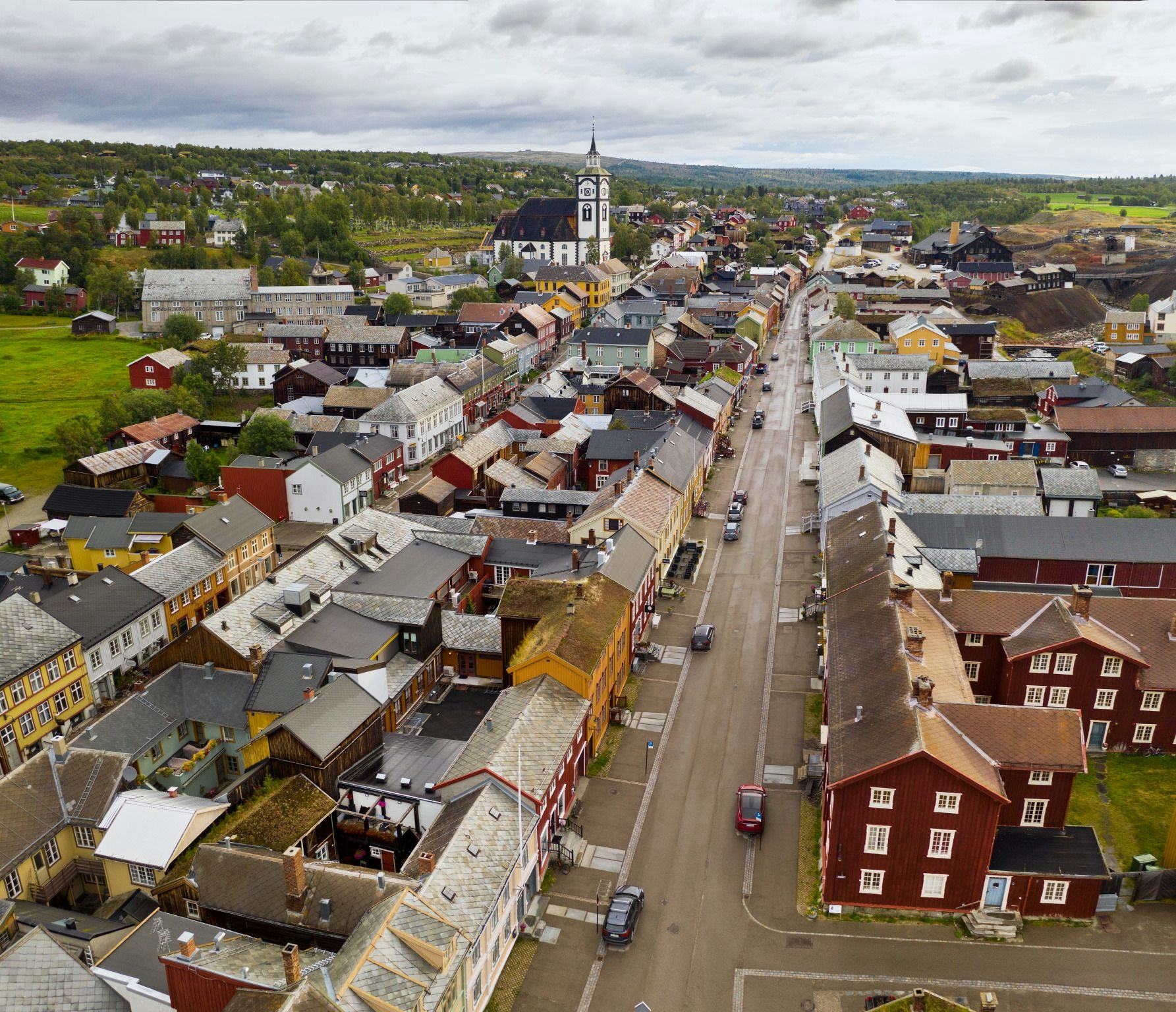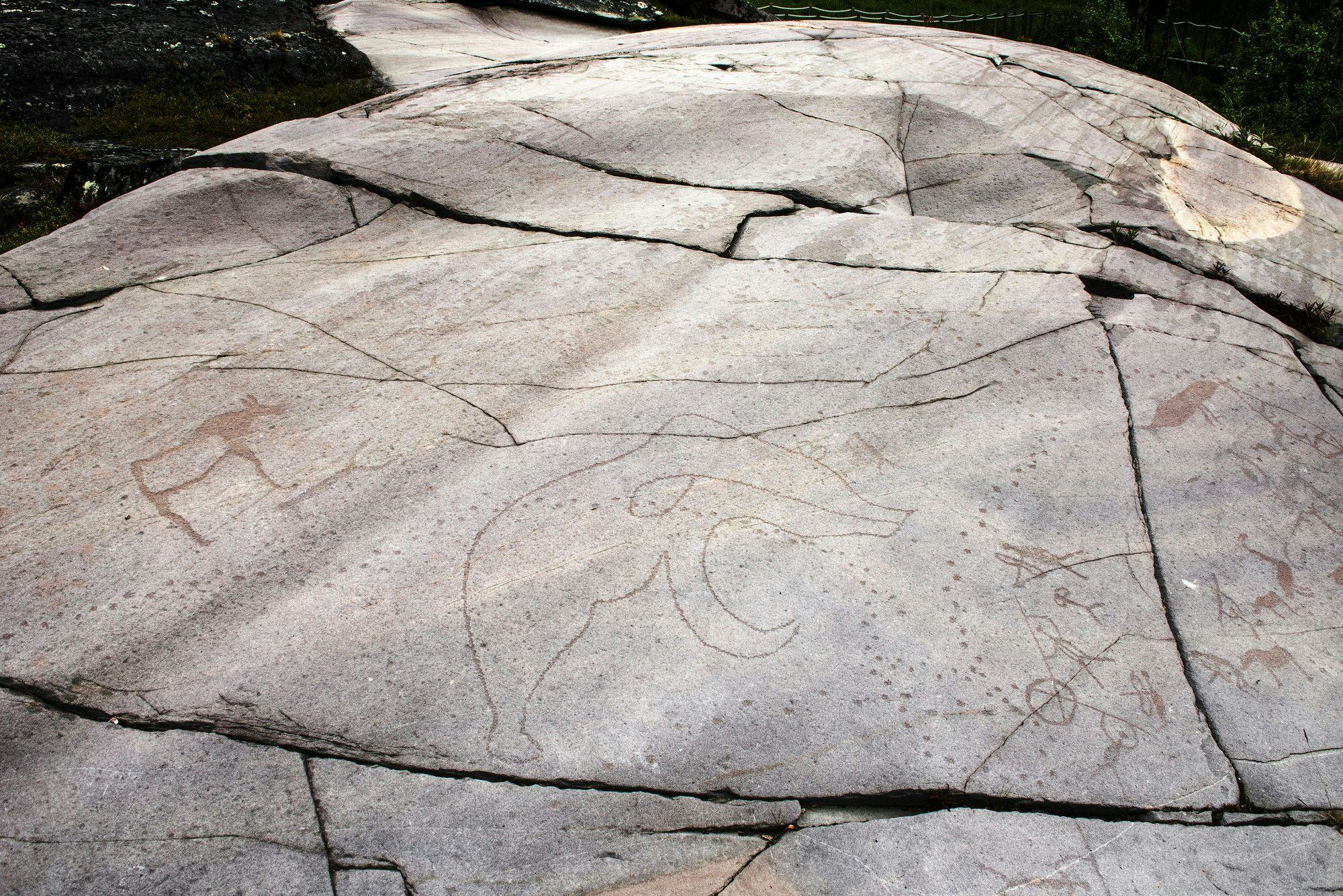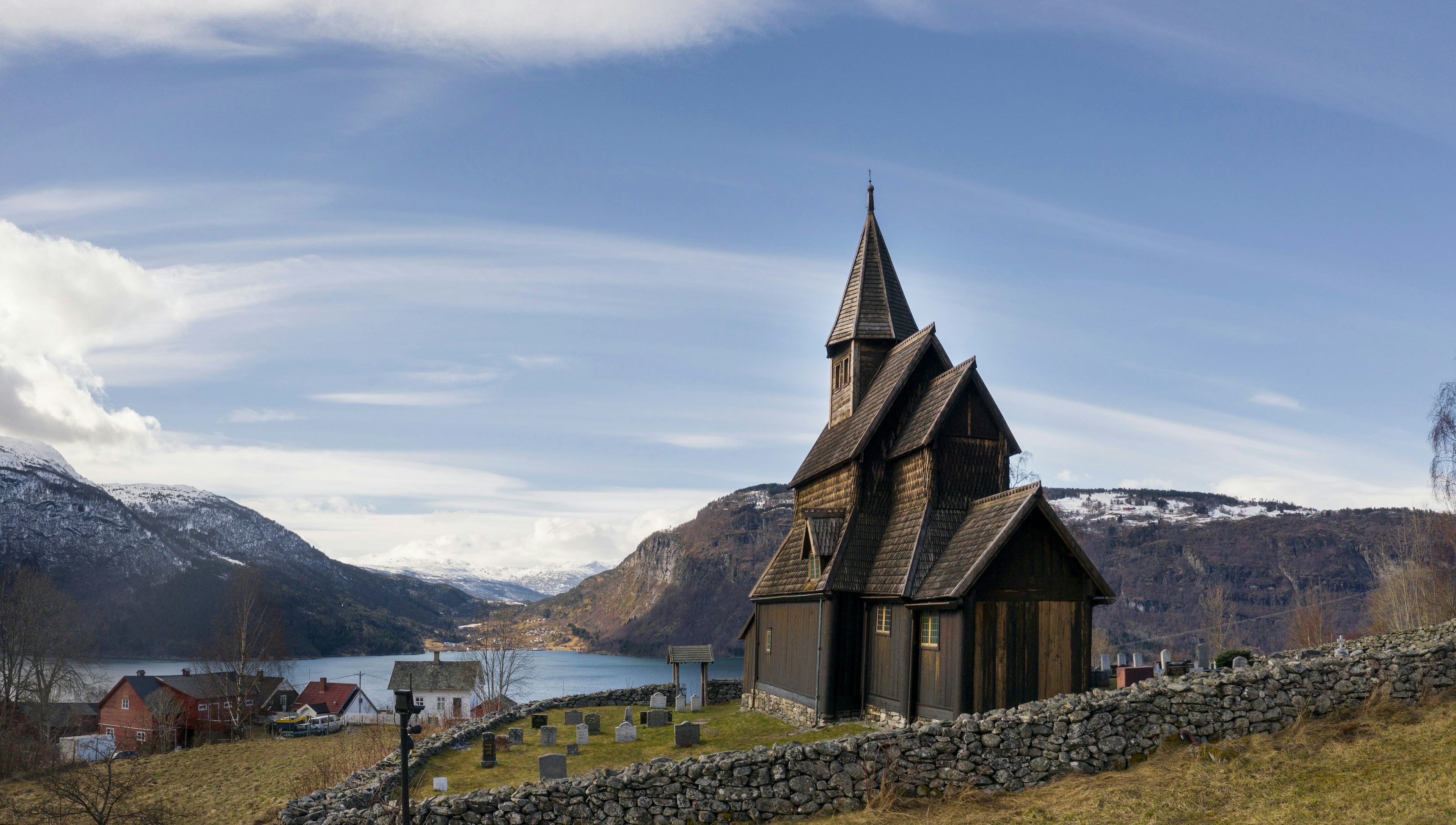FJORD//FORSK
Etter idé fra traineekullet i 2023 har Nærøyfjorden Verdsarvpark arrangert og gjennomført verdens første Fjord//Forsk.

Verdensarvpolitikere til Stortinget!
Monica Nielsen, Isak Veierud Busch og Marthe Hammer har jobbet med norsk verdensarv på hver sin kant, nå skal de ta med seg arbeidet til Stortinget!

Verdensarven i Norge
UNESCOs verdensarvkonvensjon fra 1972 beskytter områder som er umistelige for menneskeheten. I Norge har vi åtte steder på verdensarvlisten.
Lyst på jobb i verdensarven?
Vi prøver å holde denne siden oppdatert med aktuelle utlysninger relatert til arbeid i norske verdensarvområder!
Les mer